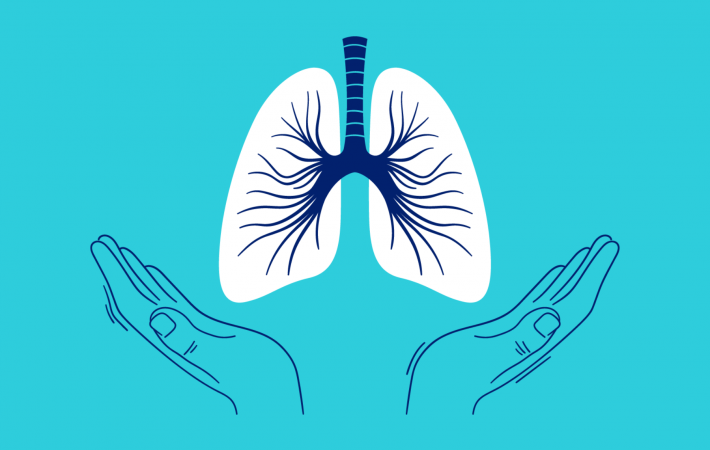
As people around the world celebrated International Women’s Day this month, we’re going to look at how mesothelioma, an asbestos-related cancer, affects women.
Medical and legal professionals have suggested that women’s experience of mesothelioma, may differ to the experiences of men in respect of diagnosis, treatment, and legal processes.
The majority of men who are diagnosed with mesothelioma were exposed to asbestos whilst working in industries which historically were not open to women.
This does not mean, however, that women are not victims of occupational exposure. Many women have been exposed to asbestos whilst working in schools, hospitals, and offices where asbestos was (and often still is) in the fabric of the buildings. Asbestos in a building is dangerous if it is disturbed, which often happens either through wear and tear or when renovation work takes place and the asbestos dust becomes airborne.
Mesothelioma UK have been involved in a study, Gendered Experience of Mesothelioma Study (GEMS), which aimed to gain a better understanding of men and women with mesothelioma, and explore any gender difference which may exist.
Mesothelioma UK states that from the initial consultation it appears that women may be less likely to be aware of their exposure to asbestos and the associated risks. Women have also been found to be less likely to be able to identify a clear occupational link to asbestos exposure, which may be why they are less likely to be diagnosed quickly.
The research suggests that women encounter assumptions from professionals that exposure occurred from secondary exposure such as from work clothes of male relatives rather than as a result of their own occupation exposure. These factors are likely to contribute to the reason why women are less likely to be successful when it comes to applying for government benefits and pursuing a legal claim for compensation.
The worldwide incidence of mesothelioma has always been lower for women than for men. Latest figures from Cancer Research UK show that, while men account for most cases of mesothelioma, cases among women rose by 93 per cent between 1993 and 2018 (compared with 47 per cent in men).
Given the disease can take decades to develop, this rise seems to coincide with the time more women joined the workforce from the 1950s onwards.
The latency period, which is the time between exposure to asbestos and developing mesothelioma, can be as short as 10 years or as long as 50, but the average is thought to be approximately 35 to 40 years. It is therefore hoped that the number of people, both male and female, diagnosed with this condition, will begin to reduce in time.
The promotion of asbestos awareness is clearly essential to women’s health. We need to eliminate the viewpoint that asbestos exposure occurs solely in construction and other traditionally ‘male’ occupations.
If you have received a mesothelioma diagnosis and are unsure how you may have been exposed, please do get in touch. We will discuss your employment history with you in detail to ascertain potential sources of exposure.

Contact Ruth to discuss this further.